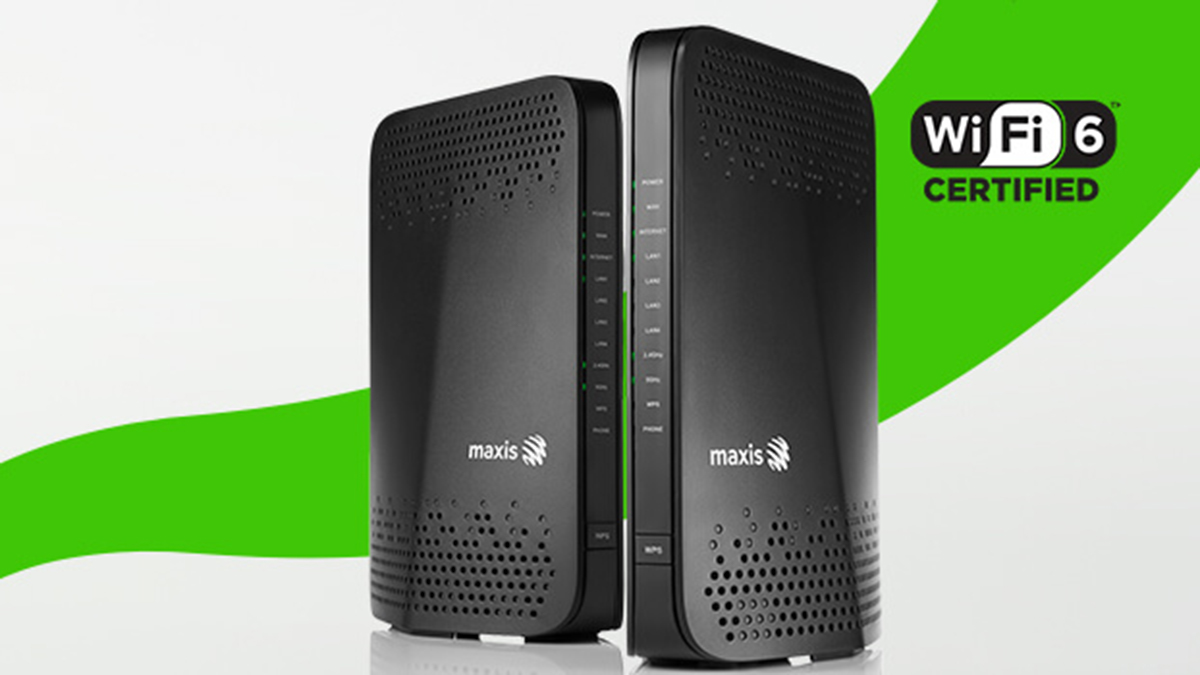In January this year, TM announced a “Unifi Thank You Surprise” offer to its subscribers – effectively doubling the speed of their broadband connections with no increase in price. The free speed upgrade was to be rolled out in stages, slated to be completed in June this year. But surprise, surprise, we’re already at the tail end of April. Where’s my speed bump, TM?
The speed upgrade announcement was a (pleasant) surprise for many although certain quarters would opt for cheaper monthly subscriptions if given a choice. The upgrade is an answer to the Government’s mandate to double broadband speeds, announced at Budget 2017.
At the group’s AGM yesterday, TM deputy CEO Datuk Bazlan Osman revealed that to date, only 22% or 640,000 Unifi customers have had their broadband speeds upgraded. The telecom giant aims to complete the upgrades by year-end, six months later than initially planned.
In the original TM Surprise page where UniFi subscribers can check their eligibility for upgrades, it stated that “the free speed upgrades will be implemented in stages from January to June 2017.”
Subscribers only needed to fill in a simple form with their details to check. TM would then send an SMS and email notifying the subscriber of the upgrade.
Well, it looks like for many of us, we’ll have to wait for a little longer.
Bazlan added that TM’s average revenue per user (ARPU) is not expected to be impacted, as there’s no change in price.
Also, he hoped that the doubling of speed (with no cost increase) will encourage subscription for TM’s other value-added services, like HyppTV.
TM expects a 3-4% growth in its revenue for the financial year ending 31 December 2017, driven by its convergence services.
The company is investing heavily in its LTE network served by its mobile arm, webe. It added more than 2,100 sites nationwide throughout 2016, covering 61% of the population.
With domestic roaming or RAN sharing provided by Celcom, webe effectively has almost 100% coverage.
Webe plans to roll out a high capacity network via three-carrier aggregation. This will use their 850MHz FDD-LTE band, alongside 10MHz + 20MHZ blocks on 2.3GHZ TD-LTE band.
Source: The Edge Markets, The Star Online via Soyacincau












